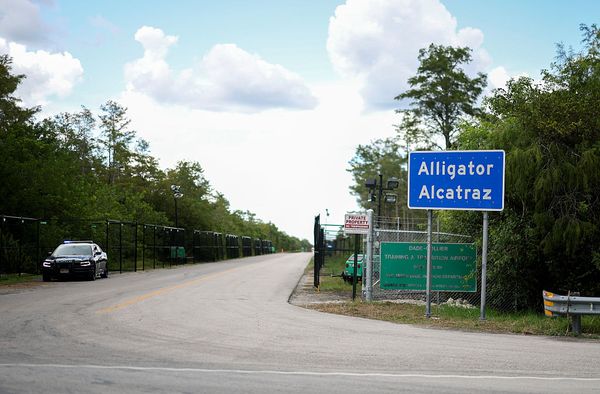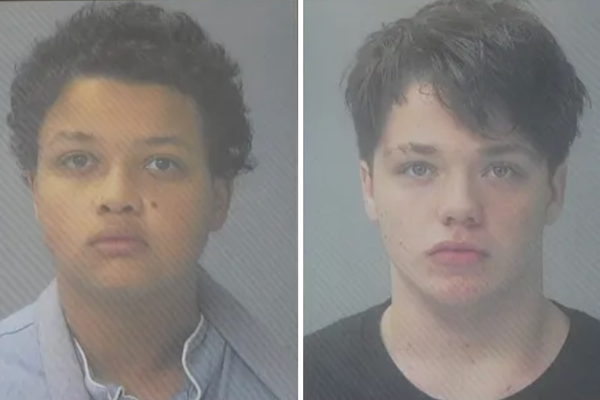There are grandiose dreams whenever you start something new. A yearning desire to master something right off the bat, to do the impossible, to be the best without ever practicing, and this naive belief that you’ll beat the odds. All while everyone who has come before says, “That’s not going to happen.”
And it’s only through defeat after defeat after defeat that you come to understand reality.
Those odds are what they are for a reason. You’re not a demi-god. You’re human. And humans, well, we suck at things just up until we don’t suck at them anymore. We need time to learn, to experience, to fail.
Three years ago, I picked up my first compound bow with the express desire to go elk hunting. Elk, to me, are the symbolic animal of the West. They’re big game royalty, with all the pomp and circumstance that goes along with them. They’re huge, loud, amazingly tough animals. They bugle and scream like dinosaurs, and they weigh nearly as much. They’re creatures of a long-forgotten time, and to call myself a Western big game hunter, or really a hunter at all, that was the quarry I had to chase through the woods.
You don’t, however, master elk hunting overnight. I was fooling myself into believing I had a chance, especially with all my early mistakes.



That original bow wasn’t the right one for me. I’d picked the wrong arrows. The wrong broadheads. The wrong release. And, well, just about the wrong everything else. I’d looked out onto the mountains both in front and behind my house and, naively, set forth with the belief that despite all that, because I had an elk tag in my pocket, I’d be successful.
The desire for adventure burned fiercely, stamping out any sort of rational self-doubt.
I didn’t see a single elk that season. And I only saw a handful the following, which was more thanks to a friend telling me of a spot where he’d seen them a number of years prior. Two years, two elk hunting seasons, and I had nothing to show for it apart from days spent hiking in the woods, twiddling my thumbs, and learning where the elk weren’t.
I'd tagged a mule deer buck, who led me on an adventure himself, but it wasn't the animal I'd started my journey on.

But that was the education I needed. The naive, boisterous belief that I’d be great right off the bat was beaten out of me by grueling hikes in the backcountry. My ideas of immediate success were erased and replaced by a far more studious focus to learn and practice and understand the animal. And I began to internalize the idea that elk hunting—and hunting in general—more often than not comes down to learning, persistence, patience, and a whole heaping spoonful of luck.
And on this year’s elk hunt, those four things combined in force in such a way, I still can’t believe what happened.
I’m still new to hunting, so I haven’t been collecting points toward drawing certain hunting tags since I was an infant. Coming into this season, I planned to apply for two great elk hunting units, even knowing that I didn’t have a chance in hell at drawing either. That would then net me another point, and I could then pick up an over-the-counter elk tag for one of the general archery season units. And that’s what I did, with the outcome being exactly how I stated it.
I didn’t draw the cool elk tag, so instead I bought my over-the-counter one, and that was that.
I knew where I’d seen elk the prior year, and had spent an inordinate amount of time practicing with my now-right for me Elite Omnia bow, building my own Easton arrows complete with Sevr broadheads, and getting my setup and self dialed to the point where I could make 60-yard shots basically standing on one foot on a hill looking down at the target. If I saw an elk in the general area, I was prepared.
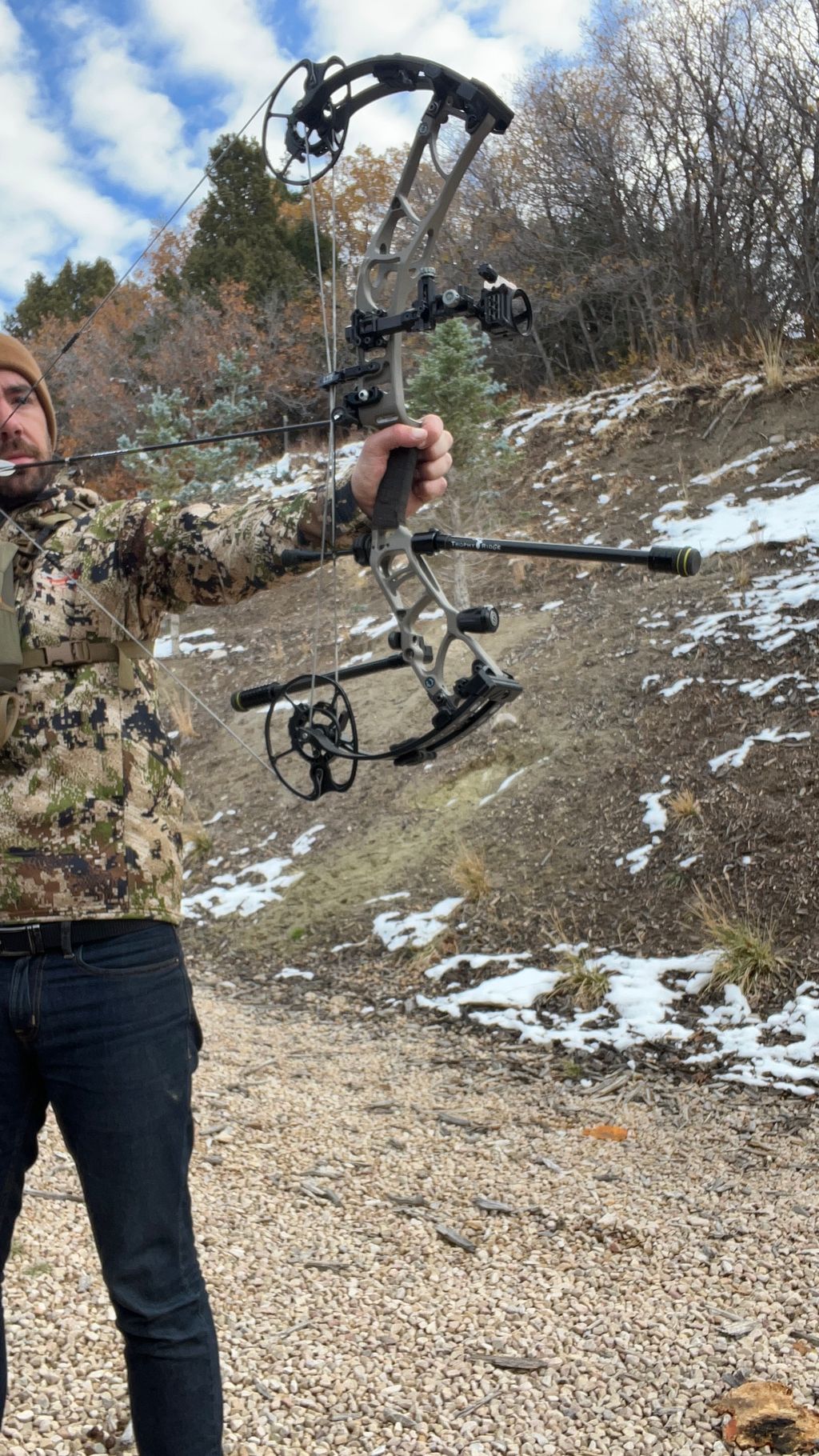
But a wrench got thrown into the works a week before opening day: Utah’s Division of Wildlife Resources called me.
“This is Officer So-and-so with the DWR. Is this Jonathon Klein?” the conservation officer asked over the phone. Being that I have perpetual Principal’s Office Syndrome, I thought I’d done something wrong in tagging my mule deer buck from last year. So I sheepishly replied, “Yes?”
But what she said next made me ask her to repeat herself twice, and then follow that up by stating that this wasn’t a prank from a friend. “Did you apply for this specific Limited Entry Bull Elk unit?” she asked again. And again, I replied, “Yes?”
And then, the officer said something I’ll never forget. “Someone turned in their tag for this unit, and your name got pulled out of a hat. Do you want it?”
This specific unit tends to take folks anywhere from 15 to 20 years of collecting points. At the time, and just after my latest point gathered this year, I had three. There’s a video on YouTube where someone stated they waited 19 years to draw this tag, and I spoke to another hunter who had a friend who waited 20-plus years to draw.
My odds were somewhere in the 0.005% range of getting this tag through the normal draw system. I have no idea what they were for getting drawn out of a hat.
After consulting with my wife, relaying all the work that I’d need to do to put my best effort into earning this tag, and also laying out all the dates that I could conceivably take without interfering with kid activities, work activities, and the countless other small things that life tends to hold, I accepted the tag.
But there was a further snag. While I had a week before the season opened, and my loadout and self were ready, I’d never stepped foot in this unit. I had no e-scouting done, and I was set to go to Vermont to drive the new Can-Am Defender three days after I’d received the call. And I’d stay there for three days, meaning I had even fewer days to prepare for this once-in-a-lifetime hunt.
Luck would have it, however, that the call came in on a Thursday evening. And so myself, my wife, and our three kids left to scout on Saturday AM, before I had to fly out the next day.




This particular unit is massive, stretching almost the entire central spine of Utah, and holds the largest herd of elk in the state. With that in mind, our Can-Am Maverick X3 Max was our transport for the day’s scouting. Loaded up with all manner of kid snacks, my snacks, my wife’s snacks, and binoculars, spotters, and tripods, we criss-crossed a ton of country, looking for any sign of my quarry. We went high. We went low. We went into the timbers, and I also went for a few walks to look for signs of anything.
We even pulled up stakes from the spot I’d e-scouted using onX for a whole different part of the unit that seemed like it could hold more animals. And we stuck around until we couldn’t see anything any longer. Yet, all we saw were deer, turkeys, cattle, sheep, and other hunters scouting the same area.
No elk.
That was the underlying thought that plagued my entire trip to Vermont. No elk. I didn’t let it lie, though, as whenever I could, I continued e-scouting, researching the unit, calling my friends at Huntin’ Fool, calling a friend who maybe knew the unit better, and trying my best not to spiral. It’s a once-in-a-life hunt, and I couldn’t take my foot off the gas. Bowhunting is a game of inches, as I’ve come to learn, and every inch counts. The average success rate for bowhunting anywhere is less than 10%, though in this unit it’s slightly higher. Still, it was barely anything and I was guaranteed to be locked out of even applying to this unit after this season, elk or not, for at least a few years.
I had scheduled out three trips over the month I was allowed to hunt, the first being a short three-day camp during opening weekend. Once I’d got back from the trip, I returned our Roofnest rooftop tent to its rightful spot on the Maverick X3. This not only gave me a far better sleeping arrangement compared to a traditional tent, but it also allowed me to be far more mobile than most other hunters. I could set up or pack it all away in short order, then set off to a new location if I wasn’t seeing anything. I also had room for all my gear, food, water, and a few odds and ends that’d make everything better. It made for a great base camp.
But the elk didn’t care.



Again, I didn’t see a single elk that opening weekend. Using both my legs and the Can-Am, I criss-crossed the backcountry, trails, and whatever else, trying to find a bull. I climbed into this gnarly terrain before light, heading up to a glassing knob that afforded me nearly panoramic views of miles and miles of public land. Ecosystems that looked primed to hold big bull elk, as there were burns, timbers, water, and everything else a budding bull elk would enjoy. Yet, despite that, and the miles I hiked, all I saw were more turkeys, more cattle, more deer, and two coyotes, the latter of which was pretty cool to witness in their natural habitat at such close range. I left feeling down, but not fully dejected.
Work and life beckoned again, and I spent the week e-scouting more of the unit and calling friends and friends of friends, and basically scrounging for whatever intel I could find on the unit and its elk’s behavior. My friend Preston, who runs MTN Physio, told me that I should look at the south end of the unit, and sent me a pin where I could camp. And I spent that week e-scouting on onX again, looking over that part of the country, dropping waypoints for water, cover, and possible pinch points for the four-day weekend ahead. I also threw one waypoint 1,000 feet higher in elevation than the camp spot, a waypoint that looked suspiciously like where I’d seen elk in the year prior in a whole different area of the state.
I was excited to get back, but also nervous, given how I ended up with nothing the first weekend. It didn’t help that this was three hours south of me, so I was far further away from any sort of support. But what was I saying about persistence and luck?
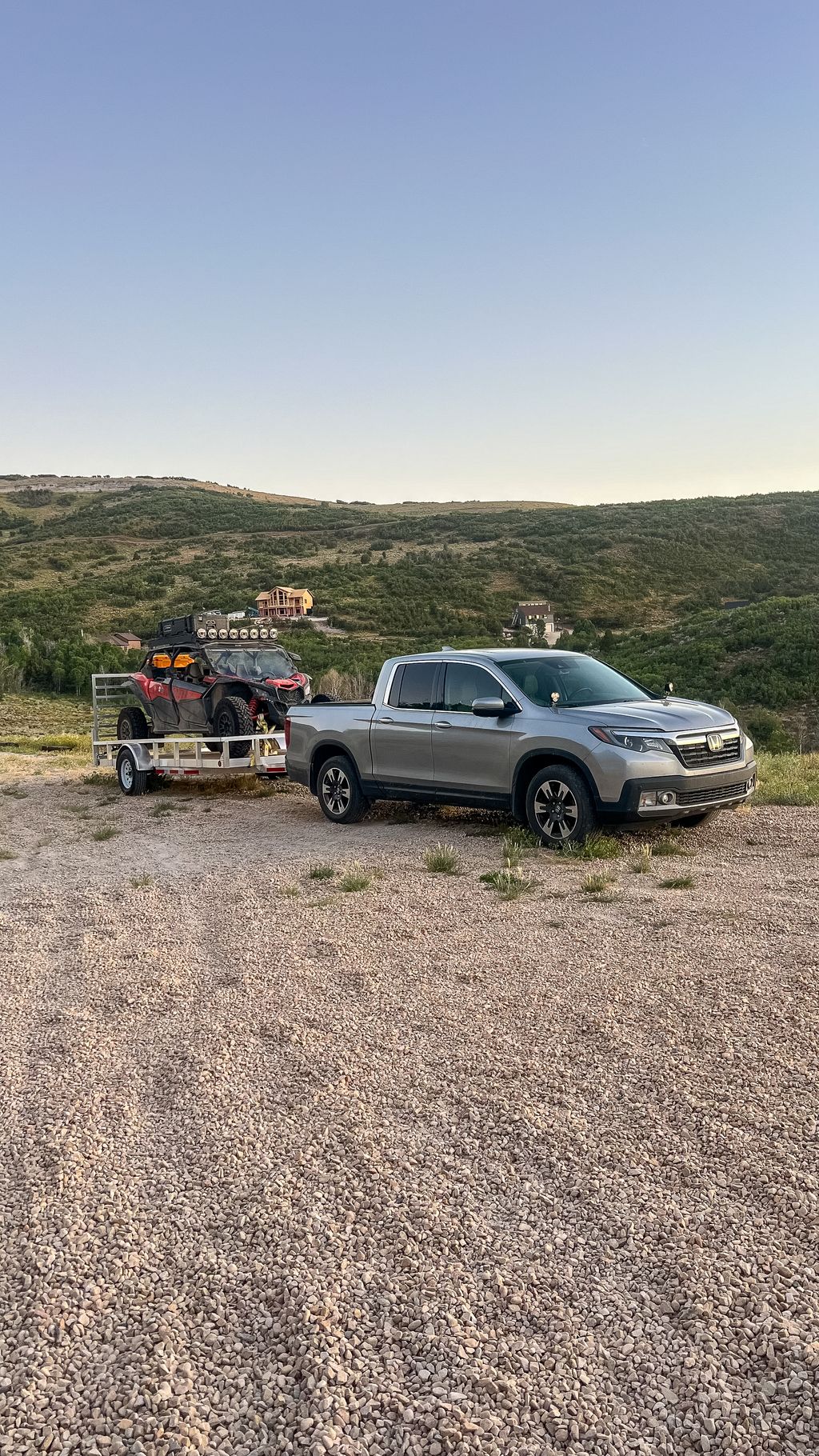
After dropping off my children at the bus stop, I trailed the Can-Am and all my gear southward. From my truck, I had an hour drive to the camp spot on rutted dirt roads. Not too bad in terms of ruggedness, but it kept many truck hunters away in fear of damaging their expensive dailies, and so there were far fewer hunters here. And absolutely no sheep, which were a constant thorn in my side in the north—elk hate sheep.
But over the first two days, I hiked around 30 miles. I sat wallows and drainages and streams, I went into timbers and found old elk signs, fresh bear signs, and a number of great mule deer bucks. Elk, however, once again weren’t on the menu.
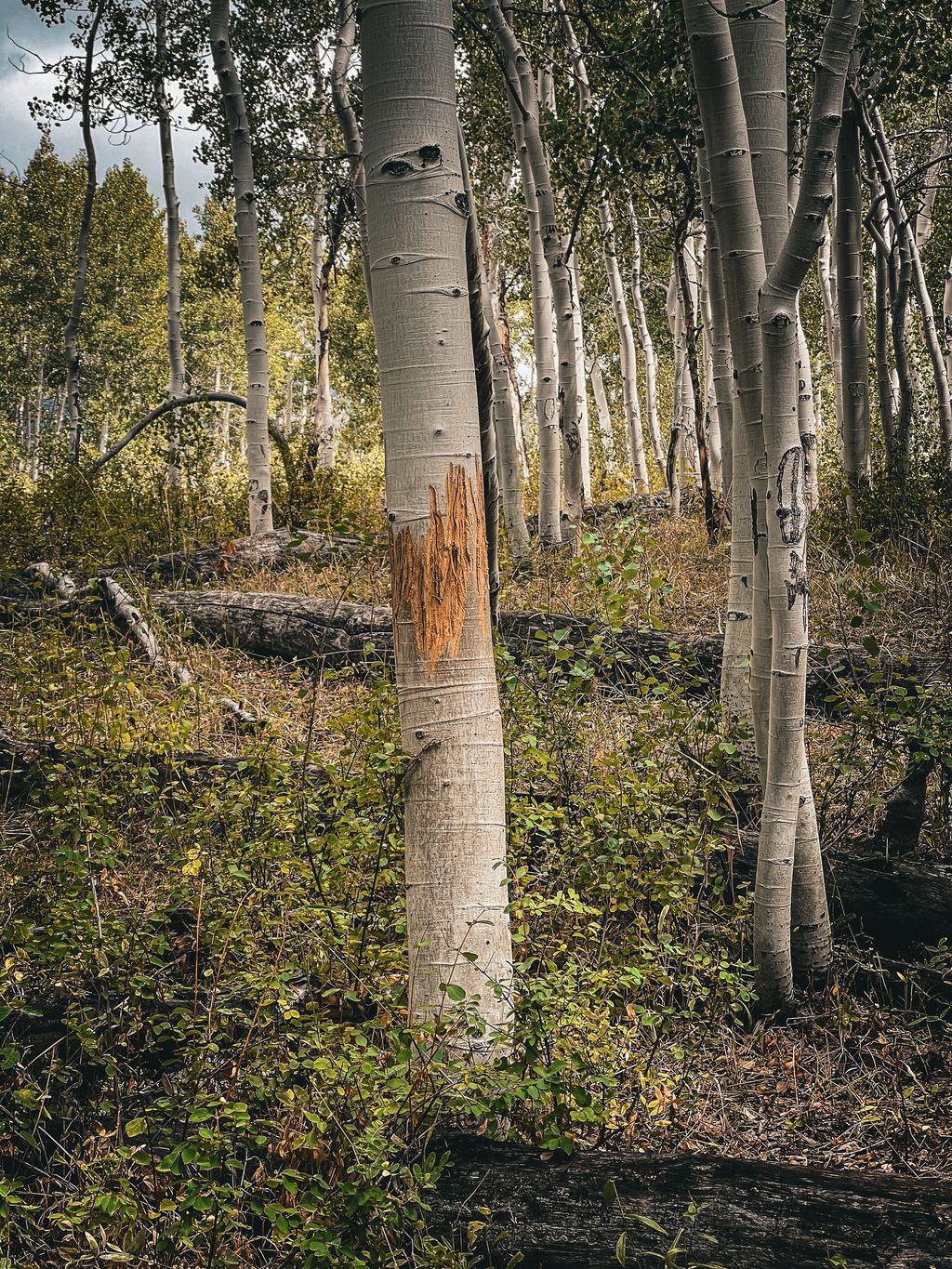
But while I was heading down to the unit two days prior, I was listening to a podcast from the GoHunt guys, where they said, “Don’t get married to a location. If the animals aren’t there, don’t be afraid to move.” And that single pin, the pin at 10,000 feet up a mountain, it was scratching something inside my head in a real way. So after a morning hike of nothing, I closed up the Roofnest, packed up all my gear, grabbed some food and water, and headed toward my waypoint.
Now, according to my onX, there’s an off-road trail that leads up the mountain. But it’s not like other regular off-road fire roads. And when I got there, it was basically rock climbing, sharp switchbacks, and two fences designed to keep anything out over 70 inches wide. For those playing at home, with the modifications I’ve done to my Can-Am, it sits at 68 inches wide. And the forest’s tree walls closed in tightly, scraping the top of the Roofnest’s outer shell. This was a trail more designed for horses than side-by-sides, but I have no mechanical sympathy.
And I’m so glad I don’t.
I got to the waypoint I’d marked well ahead of dusk, set up camp, checked to make sure the jostling ride hadn’t changed any of my bow’s settings with a few quick arrows, and set off on a walk into the woods beneath this towering ridge. I’d passed a few heads of cattle—not the elk cows I hoped to see—and crossed over two drainages into some woods beneath a few-year-old wildfire scar that went straight up and over the ridge itself. In the three years that I’ve researched elk behavior through YouTube University, burns like this one are supposedly good habitat. And that proved true almost immediately.



Gingerly hiking near the boundary between living and burned-out forest, I started seeing elk tracks and scat. And both were fresh.
But last year’s failure was still fresh in my mind after blowing a stalk on a bull by moving too quickly. Since then, I inscribed a note onto my Elite’s riser, and it reads, “Slow down.”
So I did.
I moved carefully along a hillside, making sure I didn’t accidentally crack a twig, hike too quickly and blow my scent everywhere, or walk right into where any elk had bedded for the heat of the day. And as I was making my way down this steep dirt hill toward what looked like an elk trail, a first bull elk appeared.
He was a small 2x2 bull, and he was walking along a trail about 20 yards above me, but hadn’t clocked me being below him. And so I sank into the hill, the grade providing cover so I could watch him go through and marvel at seeing a real, live bull elk. Ten seconds later, however, a far bigger bull elk came lumbering through and my heart jumped. I was so caught off guard by his presence, I didn’t even have a chance to count the tines on his swept-back antlers. They simply appeared to be a regal crown encircling his head and extending toward the rear of his body.
I did my best to slowly, carefully, nock an arrow.
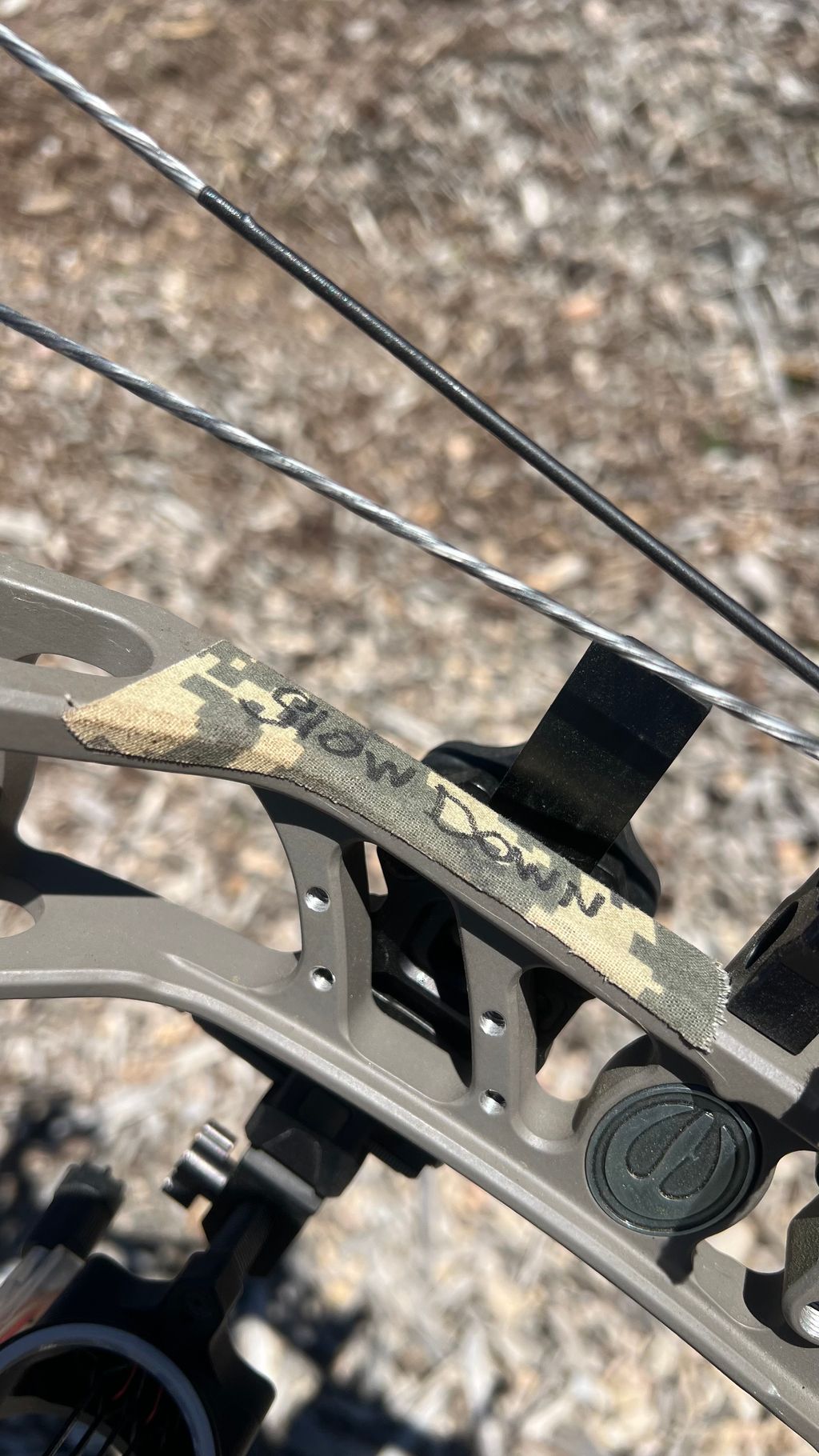
Wind, though, is a big thing with elk. And if you don’t have it right, you’re SOL. Luckily, I had it right, and I was below them. So they didn’t know I was there.
But after successfully nocking an arrow and ranging the big bull for 20ish yards, they ran like they’d just seen a mountain lion, and I was left wondering what the hell had happened. Turns out, the person keeping the cattle I’d passed on my way in was coming right through on horseback and had walked right through the same trail the elk were on. Not ideal, but the experience galvanized one truth: The elk were here.
That night, I heard a few small bugles from a few drainages away, and I had a plan to go back into the same spot I’d seen the bulls the day before. So before daylight, I set off into the mountain’s forest for what would be one of the wildest encounters.
My morning wasn’t filled with elk, the type you tend to see on YouTube or social media platforms. There weren’t 900 head with screaming bulls everywhere, rounding up cow elk, and fighting. It was far more subdued with a few cow elk getting pushed with calves, a faint bugle here and there, but no encounters with big bulls, or even bulls of any kind. And I’d hiked quite a lot to get into the spots where I thought they’d be.
Then, in a prophetic situation that’s not unlike what would occur a few weeks later—foreshadowing—I stopped in this elk bedding area to regroup and have a snack. And that’s when I heard something crashing through the trees to my right.

Not knowing what it was, as the timbers were thick as hell, I nocked an arrow and picked up my bow. In came a running coyote, which I thought was wild, since he kept looking backward. Then I saw what he was running from: A big, mature 5x5 bull elk that was chasing him along a trail about 30 yards from me that ran up this small ridge.
Again, my wind was perfect and I had time to range a tree he looked to pass, as well as the ridge past the tree. Thirty-three yards uphill, and he’d be broadside when he came into the clearing: A cake walk of a shot.
And so, I waited a few seconds for him to cross behind the tree, drew my bow back, and waited for him to give me the shot.
And then, I waited. And waited. And waited. I think I waited a total of two minutes before letting down and craning my neck to see where he’d gone. But I couldn’t see him anymore. Slowly, and as quietly as I could, I got up with my bow still in my hands, and crept to my right through the thicket. Turns out, just behind the tree, and completely obscured from my angle, was a trail that went up the side of this ridge and into even thicker woods.
He’d outsmarted both me and the coyote. But that was the first time I’d ever drawn on an elk, and I was high as hell after it.
That night, the woods exploded. It was the evening before September 1st, and the elk in this area just started going off as if it was peak rut. There were bugles over here, bugles over there, and after joining the chorus of bugles myself, bugles that came right into camp. One elk bugled within 25 yards of my Can-Am and Roofnest around 2 am, and it was so loud it reverberated the walls. Suffice it to say, I’d found the elk, they’d found me, and I didn’t sleep that night; only the latter of which was a problem, though.
This second expedition into the elk woods was scheduled to be for four days, but really only three and a half. I’d taken off Friday and Monday, but I had to be back by dinner time Monday evening for family events and such. So I only really had the morning to make something happen. By the time Sunday evening rolled in, I’d already hiked nearly 50 miles—thank you, Meindls—and I wasn’t sleeping due to all the bugles, as well as the excitement of finding the elk. Exhaustion was definitely creeping in.
Still, this was a once-in-a-lifetime tag. So, I had to give it everything.

Before dawn, the elk were still firing on all cylinders. Bugles were everywhere, though whoever had bugled within 25 yards of camp had made his way further from the Can-Am. Everything, however, was ready, and with an arrow nocked, and wearing my warm Sitka puffy—it got extremely cold that night—I slowly crept out of the Roofnest, and made my way into the adjoining sage brush field that encircled the towering ridge to the north of camp, to where it sounded like the bulls were bugling from.
And, oh yeah, they were there.
Bugle after bugle rang out, and I did my best to get them to come off their high perch. There were two bulls moving along the ridge trying to gather cows, while two others rang out from the drainages below camp. One bull I saw was truly a giant, even in the low light of dawn. But nothing I did, none of the challenge bugles I made, would get them to come down and into somewhere where I could make a play. And it would’ve been a perfect packout, too, as I was only a few hundred yards away from the Can-Am and camp.
What I did end up calling in were three cow elk.
As I sat in the sage brush, issuing challenge bugle after challenge bugle, and with the bulls responding themselves, I heard the faint chirps and mews of a cow elk from across the sage field. I looked over to see these three cows bee-lining straight toward me. Fearing they’d blow my cover, and with the bulls still responding to my calls, I slowly lay down in the scrub brush, and just did my best not to move.
But after a few minutes lying there, the bulls still bugling above me, I heard the distinct noise of hooves moving through the meadow. A minute later, I was face-to-face with a cow elk at maybe five feet. We sat there staring at one another—an absurd situation if there ever was one—for a long while until the wind swirled, and she took herself and the two others out of there. And in her haste to move away from the silly human lying in the bushes, she ran right up the ridge toward the bulls, who didn’t like the cows moving so quickly, and they then peaced out, themselves.
That, unfortunately, was my last elk experience of the weekend, after which I was forced to pack up and head home. And because I had plans for the following weekend, I wouldn’t be able to go back until the last week before the season closed. It’d be a four-day do-or-die. But at least I’d found them and, honestly, between the bugles, drawing back on a bull, and seeing the others, it was the greatest elk hunting I’d ever done thus far.
Key phrase being 'thus far.' Stay tuned for part two, because we're not done yet.



